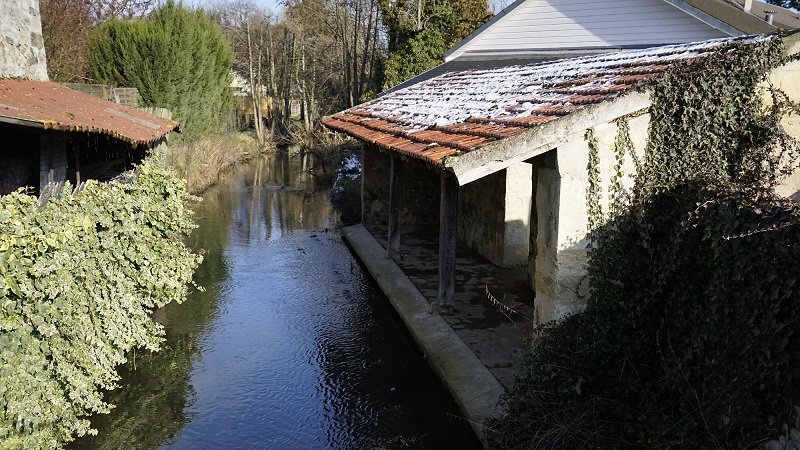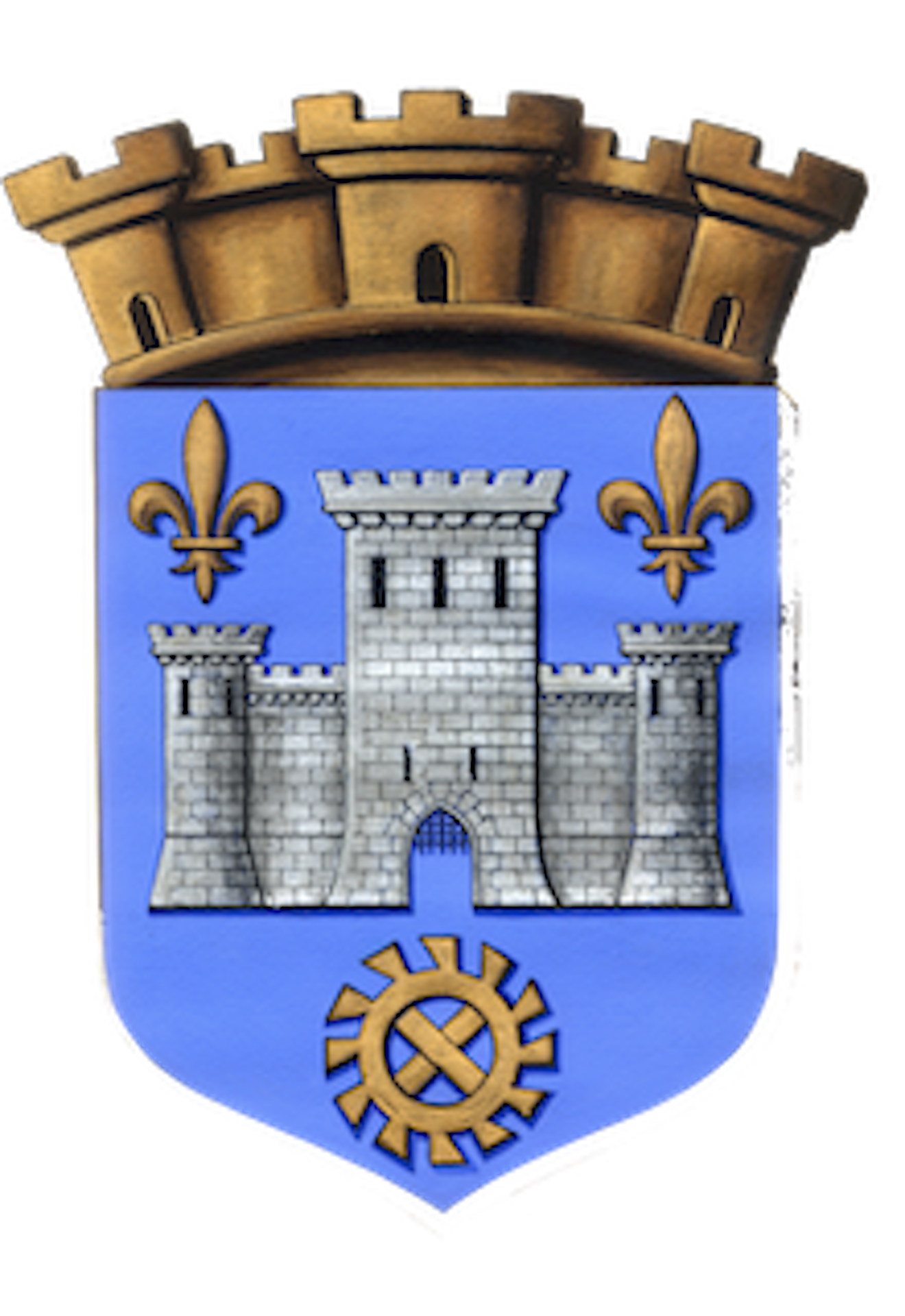Informations directionnelles
Traverser pour découvrir les moulins de Chars.
Prochain point : lat="49.15852" lon="1.93516"
Wash-houses
Part of the social fabric
The grand wash …
What were known as grand or big wash days generally took place twice a year, in early spring and autumn. It took the best part of a week from the time the stacks of dirty linen were collected from the barn to when they were returned cleaned and folded to the linen cupboards. Going to the wash-house was the last stage in the long and laborious big wash. The first step in the process involved steeping for two days to remove the worst of the stains. Then, the washerwomen piled the linen in layers in a tub on branches of vine, thyme, iris rhizomes and soapwort to perfume, clean and bleach the laundry. A fine cloth with wood ash – which contains potash, prized for its ability to remove grease – was then spread over the linen. Meanwhile, water was boiled in a cauldron and the laundresses toiled sometimes all day long pouring it over the tub. Only after this lengthy operation was the linen taken to the washhouse to be rinsed with cold, clear water.
…in public or private wash-houses
The village was home to a number of wash-houses supplied with water either by the river or by wells. There were five public wash-houses, the Clos de Chars, Rue Dory, Impasse du Four à Chaux; and two that no longer exist, la Jambardière on Rue de l'hôtel-Dieu and another in Clochard.
This brick wash-house was built in the 19th century. Although the architecture, organised around a single basin, is fairly elementary, it does have a valve to regulate the height of the water in the basin. An overflow valve runs off excess water through drains that empty into the River Viosne 200 metres to the south-west.




